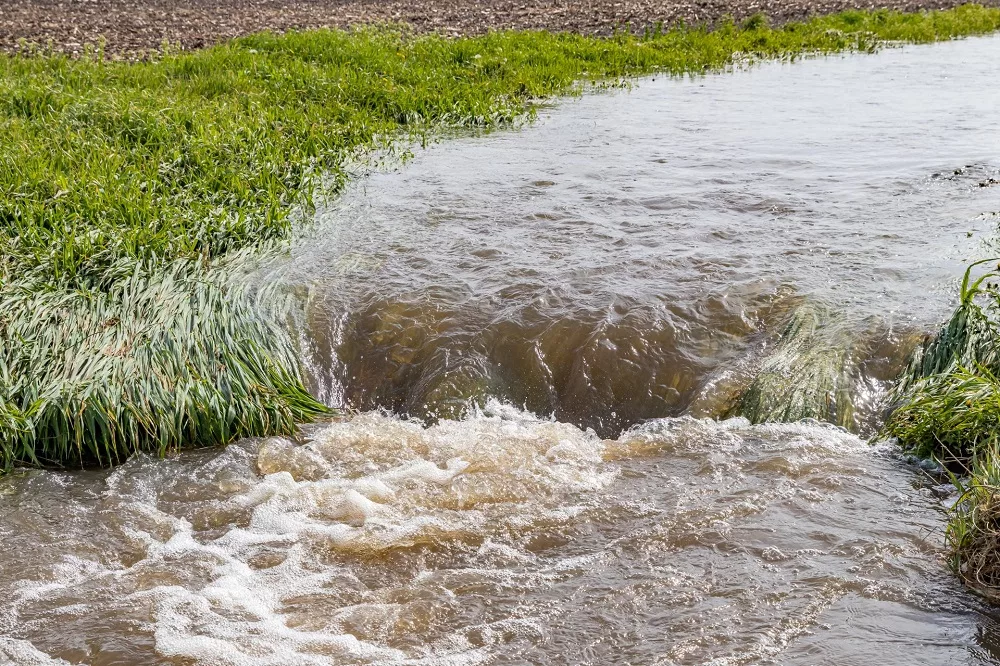Your browser doesn’t support HTML5 audio
The Senate Environment and Public Works (EPW) Committee recently held a hearing on the Waters of the U.S. rule to look closer at the rule and the actions taken since the Supreme Court decision in the Sackett vs. Environmental Protection Agency case. A member of the committee, Senator Kevin Cramer of North Dakota, said the Supreme Court has a history of leaving the definition of Waters of the United States vague.
“And it’s because the courts were reluctant to define for the agencies and for the legislative branch that there’s been this regulatory ping pong, that would go back and forth, back and forth. While this latest case, the Sackett case, the court did put further definition into what’s a water of the United States,” Senator Cramer said.
He explained that when the Clean Water Act originated, Waters of the United States was based on the term “navigable,” meaning, for example, a river where one could move a product from state to state, or permanent waters that may cross federal land. However, he said the definition has shifted to include waters that can flow into navigable waters, such as a stream. Ephemeral waters, such as those created by rain, were not included.
“And that’s where the definition got cloudy. While Alito made it really clear, it seemed to most people, but there’s just enough lack of clarity, I guess, in the minds of the agencies that they thought they could stick with this occasional stream of seasonal rivers containing some continuous flow during certain times could continue to be considered navigable Waters of the United States, he said. “And so, in the new rule, in my view, they violated already the Alito decision and the Alito interpretation of what is the Waters of the United States.”
Senator Cramer expects more litigation to come.

